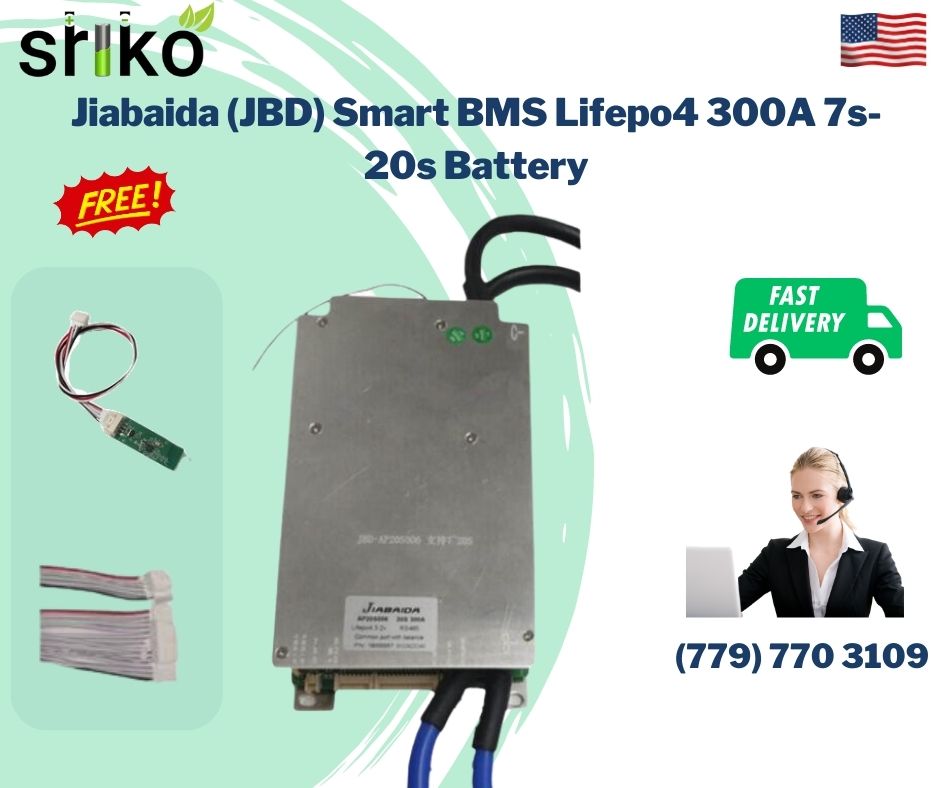I have a Conext XW PRO 6.8KW ordered. When I get it installed along with everything else I will need batteries that can make full use of it’s features. Especially it’s ability to deal with starting currents of larger induction motors.
I intend to test that feature, perhaps often.
The flyer says max current draw is 180 amps. To use it’s overload capacity to it’s maximum do I need a battery or batteries with a 200 amp bms?
or what exactly or about do I need?
I was thinking of starting with a battery pack near 16k.
I have been reading for days and am still confused on this. Not sure how I need the batteries to be configured. I don’t want to buy the wrong cells, bms, or ready made lifepo4 batteries.
I intend to test that feature, perhaps often.
The flyer says max current draw is 180 amps. To use it’s overload capacity to it’s maximum do I need a battery or batteries with a 200 amp bms?
or what exactly or about do I need?
I was thinking of starting with a battery pack near 16k.
I have been reading for days and am still confused on this. Not sure how I need the batteries to be configured. I don’t want to buy the wrong cells, bms, or ready made lifepo4 batteries.
Last edited:






